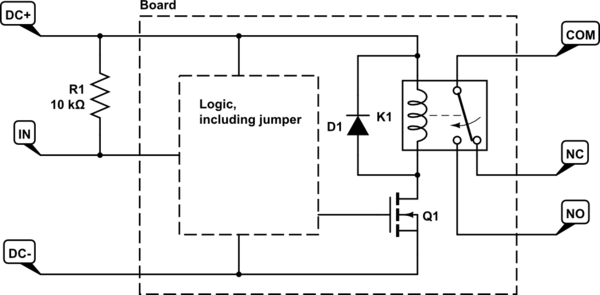I am a complete novice with anything beyond simple wiring of guitar effects and kits. I have a unit, a Roland GR-55, that has a momentary switch built-in. I want to trigger this switch with a separate unit (Boss MS-3) that contains its own momentary switches, and which allows me to "assign" those switches via a 1/4" TS type jack. These switches work like regular passive momentary switches. If I want to control the GR-55 switch externally via this second unit, I need to isolate the circuits so as not to fry the CPU in the GR-55 in case of some ground fault or other issue I might not know about.
I am looking at this relay module: HiLetgo 12V 1 Channel Relay Module With OPTO Isolation Support High or Low Level Trigger, $4.99
I think I understand SOME of how I might be able to use this in this particular situation: use the internal 9V DC power of the GR-55 to feed the DC +/- on the relay. Connect the two leads of the momentary switch in the GR-55 to the relay "open" and "common" contacts. This keeps the logic of the GR-55 isolated from the external switching system and the 9v supply.
What I do NOT understand is this: there is one contact on the transmit side that accepts a high or low level signal, but a simple momentary switch is simply a passive loop connector. Is there any way to use this kind of pre-fab circuit with a passive switch, or does it REQUIRE a second powered circuit/signal to trigger the relay?
If this board will not work, is there any other simple solution to this problem that would not require my having expertise in the area?


